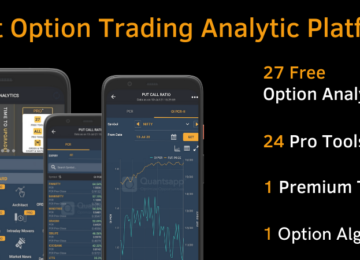Are you a trader? Have you ever hold on to your stocks for a long duration for making a higher profit? If yes, then congratulations! You have successfully participated in position trading. Okay, we know that you are a bit confused right now. So, let us explain.
You may know that there are several ways of trading in this field. Some traders like to sell their trades as soon as they buy them in high-frequency trading. Again, some UK traders don’t execute their trades as frequently as the high-frequency traders but they execute their trades within a day. So, you can say that there are varieties of ways to start a career in trading. So, how do people choose their trading style? Very simple! They rely on their instincts to understand their ability to invest time, money, and energy in a trade.
For example, high-frequency trading is mostly done by financial organizations like banks who have a large amount of investment and the necessary manpower to observe all the numbers to make a profit in a trade. They sell their trades within fractions of seconds and their profit remains pretty marginal. But since they have a huge investment, their petty profit also turns huge. On the other hand, it might not be possible for an individual to invest in HFT.
That’s why it is important to decide a trading style to execute trades successfully. As a noob trader, you might have insights into all the trading styles and position trading might be one of them. So, here is some useful information about this common trading style.
Position trading
Position trading is a strategy to hold on to a trading position for a longer period. And you may have already understood that a trader who is in position trading is known as a position trader. A position trader may hold onto their positions for a long tie from several weeks to months and even years. Among all the trading styles, this one has the longest trading period. Visit Saxo Bank and know about the different trading styles so that you realize why position trading is preferred by the experts.
Low volatility
Position traders mostly use higher time frames where the volatility is pretty low due to lower price fluctuation. Traders trading at lower volatility enjoys the facility to make a more accurate decision before executing a trade.
Lower risk
Position traders are not into frequent trading and don’t need to look for the price fluctuation that much. They are always looking at the big picture market to find the right trend to enter a trade. For this reason, they don’t need to face many risks while trading.
Fewer opportunities
Although traders get to trade with lower risk, since one trade occupies a long duration, their opportunities to trade are very few. They may not even execute a trade in a single year.
Using strategies
To be a strategist is an important aspect of being a position trader. Since they need to deal with fewer opportunities, they focus more on the trades they are investing in at that time. And that’s why, to mark good results from their ongoing trade, they come up with new strategies. Some even apply multiple strategies in a single trade.
Reverse trends
One of the biggest disadvantages of position trading is that when the traders are waiting for a favorable trend or expecting a trend to expand more, a trend reversal can turn around the tables and cause a loss to the traders. if a trader is looking for higher uptrends to sell his stocks and, in that case, the trend falls and moves in the opposite direction, then the trader may face a critical situation to execute his trade.
Time limit
Many a time, brokers limit the duration of position trading and for that reason, position traders may have to execute their trades way earlier than they wanted.
We know that there are some disadvantages of position trading. But let’s be frank, no trading style is completely perfect. So, you need to rely on your compatibility as a trader to choose your perfect trading style.












